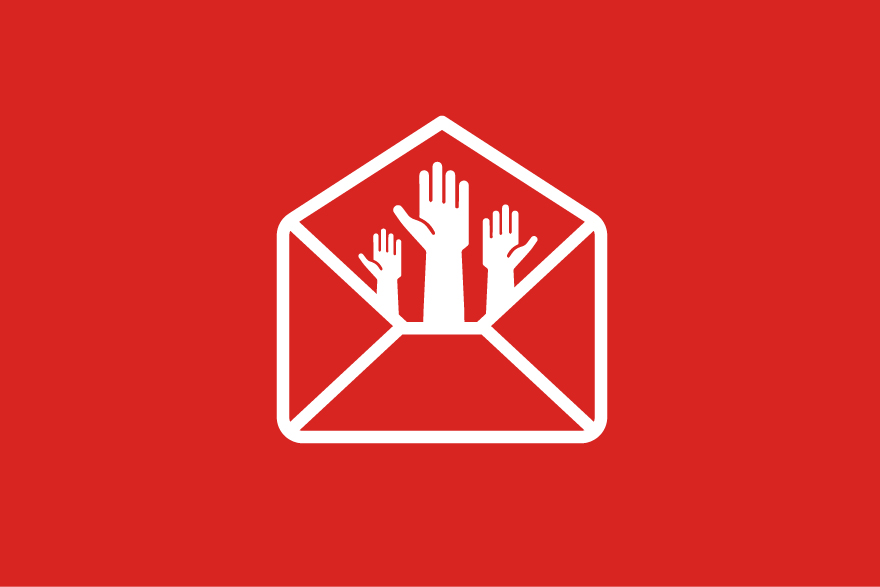
Facts about Switzerland

Outside perceptions of Switzerland are replete with clichés and stereotypes, from clocks to chocolate and alphorns to Heidi. Here’s what you might not know.
Say “Switzerland” and a host of images come to mind: mountains, watches, chocolate, banks. There is something in all of these, though they tend to obscure the complex reality of Switzerland today. Think you know all about Switzerland? Read on for an assortment of facts that goes beyond the clichés. In addition, visit the Federal Statistical OfficeExternal link for a wealth of information.
Editorial note: this entry was current as of May 2017 and is no longer being updated.
Why Is Switzerland Called “CH”?
The abbreviation CH comes from the Latin name Confoederatio Helvetica, meaning Swiss Confederation. Latin was chosen as a neutral language, since Switzerland has four official languages (German, French, Italian, and Romansh), and Latin avoids favoring any one group.
The name Helvetia refers to the Helvetii, a Celtic tribe that lived in the region during the Roman era. Today, the Latin name still appears on Swiss coins, stamps, and even on international car license plates. If you’ve ever wondered why Swiss websites end in “.ch”, now you know: it’s the official country code based on this Latin abbreviation.
Facts about Switzerland
Geography: Switzerland is bordered by five countries: Italy, France, Germany, Austria, and Liechtenstein. It stretches 350km east to west and 220km north to south.
Mountains: The highest peak is the Dufourspitze (4,634m) in canton Valais. About 60% of Switzerland is alpine terrain.
Regions: The country is divided into three topographical zones: the Alps (60%), the central plateau (30%), and the Jura mountains (10%).
Swiss Society and Culture
Life Expectancy: As of 2015, boys born in Switzerland could expect to live to 80.7 years, and girls to 84.9 years.
Business Landscape: While global giants like Nestlé and Novartis are headquartered in Switzerland, over 99% of businesses are small or medium-sized, employing two-thirds of the workforce.
Religion: Switzerland is traditionally a Christian country, with both Catholic and Protestant roots. The Federal Constitution still begins by invoking the name of God.
Swiss Heritage and Legacy
Women’s Rights: Swiss women gained the national right to vote only in 1971, and in the canton of Appenzell Inner Rhodes, not until 1990.
Philosophy: The 18th-century thinker Jean-Jacques Rousseau was a citizen of Geneva.
William Tell: The Swiss national hero may be more legend than fact, but like Robin Hood, his story is woven into the national consciousness.
Design Legacy: The globally recognized typeface Helvetica, developed in Switzerland in 1957, takes its name from the Latin for Switzerland.

In compliance with the JTI standards
More: SWI swissinfo.ch certified by the Journalism Trust Initiative































You can find an overview of ongoing debates with our journalists here . Please join us!
If you want to start a conversation about a topic raised in this article or want to report factual errors, email us at english@swissinfo.ch.